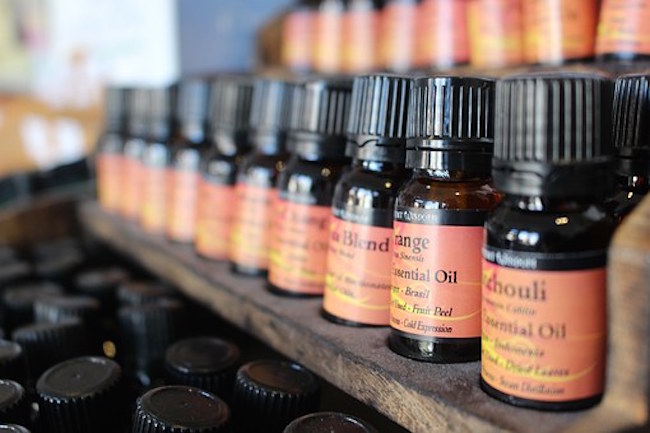Homeopathy for asthma by Dr. Joseph Mercola for Mercola
Asthma is a chronic condition affecting the airways. Inflammation makes your airways swell, triggering wheezing, shortness of breath and coughing. Symptoms may range from mild to severe and may happen rarely or every day. For most people, the condition starts during childhood and becomes a lifelong condition.
The goal of conventional medicine is to manage symptoms and avoid exacerbations, which are called asthma attacks. According to recent data from the Centers for Disease Control and Prevention (CDC),17.9% of adults and children currently hold a diagnosis of asthma.
The children’s age group most affected is 5- to 14-year-olds, of whom 9.7% have asthma. Boys have a greater incidence than girls, but women have a greater incidence than men. Conventional treatment2is aimed at managing symptoms to allow the individual the ability to engage in normal everyday activities, and realistically is only a stopgap measure.
The types of treatments used will depend upon age, severity and response to the treatment option. Many with asthma use daily medication for long-term control and short-term relief inhalers during an asthma attack. In addition to identifying environmental factors triggering asthma attacks, homeopathic treatments may offer enough relief to reduce or eliminate pharmaceutical drugs.
However, while asthma is amenable to homeopathic treatment, the British Homeopathic Association3recommends treatment with a homeopathic professional and not self-treatment to find the best remedies for your specific condition.
History of homeopathy
The practice of homeopathy was popular in the U.S. and Europe in the 1800s. Some of its strongest advocates were European royalty, American entrepreneurs and literary giants. However, while gaining popularity, it has become the object of opposition from established Western medicine.4
Homeopathy began with the discoveries of Samuel Hahnemann, a German physician who coined the word homeopathy to refer to pharmacological principles. The basis is a “law of similars,” previously described by Hippocrates and utilized in many cultures, including the Mayan, Chinese, Greek and Native American cultures.
By the time Hahnemann was 24 he could read and write in at least seven languages and ultimately translated over 20 major medical textbooks. The premise Hahnemann worked under was identifying small doses of compounds triggering biological changes.5
Coincidentally, in 1798 the discovery of giving small doses of cowpox to immunize against smallpox was generally accepted, while Hahnemann’s work was not.
Many of the initial practitioners in homeopathy graduated from prestigious medical schools, yet orthodox medicine was threatened because homeopathic practitioners offered an integrated and systematic approach for therapeutic practice and were sharply critical of the use of conventional drugs.
Homeopaths believed masking an individual’s symptom, as opposed to treating the underlying condition, could create deeper and more serious disease,6 which history has shown to be the true in many cases. By 1882 the American Medical Association (AMA) had purged their ranks of all homeopathic practitioners.
They also established a code of ethics asserting any physician would lose their membership if they even consulted with a homeopath. At the time, without membership in a local medical society a physician no longer had a license to practice medicine.
Despite this oppression, the practice thrived in the 1800s and early 1900s. However, while popular among the rich and poor alike,7 the most likely reason it survived was the success homeopathic treatment enjoyed in treating infectious epidemic diseases during the 1800s.
Basics of homeopathy
Statistics showed the death rate in homeopathic hospitals were one-half to one-eighth those found in orthodox medical hospitals. In 1849 during the cholera epidemic, Cincinnati homeopaths were so successful they published a list of those who were cured and those who died. Only 3% of their patient population died while from 48% to 60% of those under orthodox medical treatment died.8




